Contrary to one urban legend, the Pyramids were not built by Martians or slaves. Skilled paid workers built them. How were they able to build these enormous pyramids at a time when the wheel did not yet exist?
We present the theory of the architect Jean Paul Houdin (but be warned, more recent discoveries may challenge it).

The pyramids were built by paid workers, possibly using an internal ramp.
The only one of the seven wonders of the ancient world still standing is in Egypt. It’s the Pyramid of Pharaoh Kheops, almost 150 metres high (about half the height of the Eiffel Tower)!
The pyramids were the last resting place of the Pharaoh, who was regarded as a god. Why the triangular shape? Because it symbolised the elevation of the spirit of the Pharaoh towards the sun.
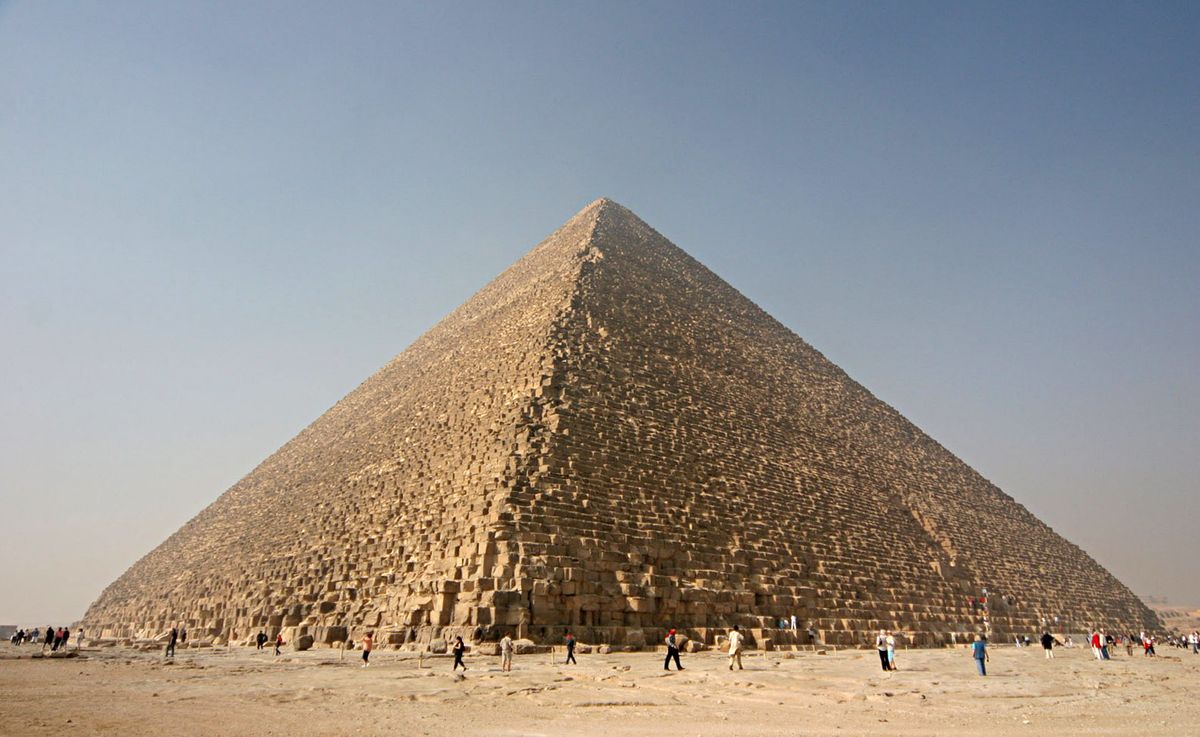
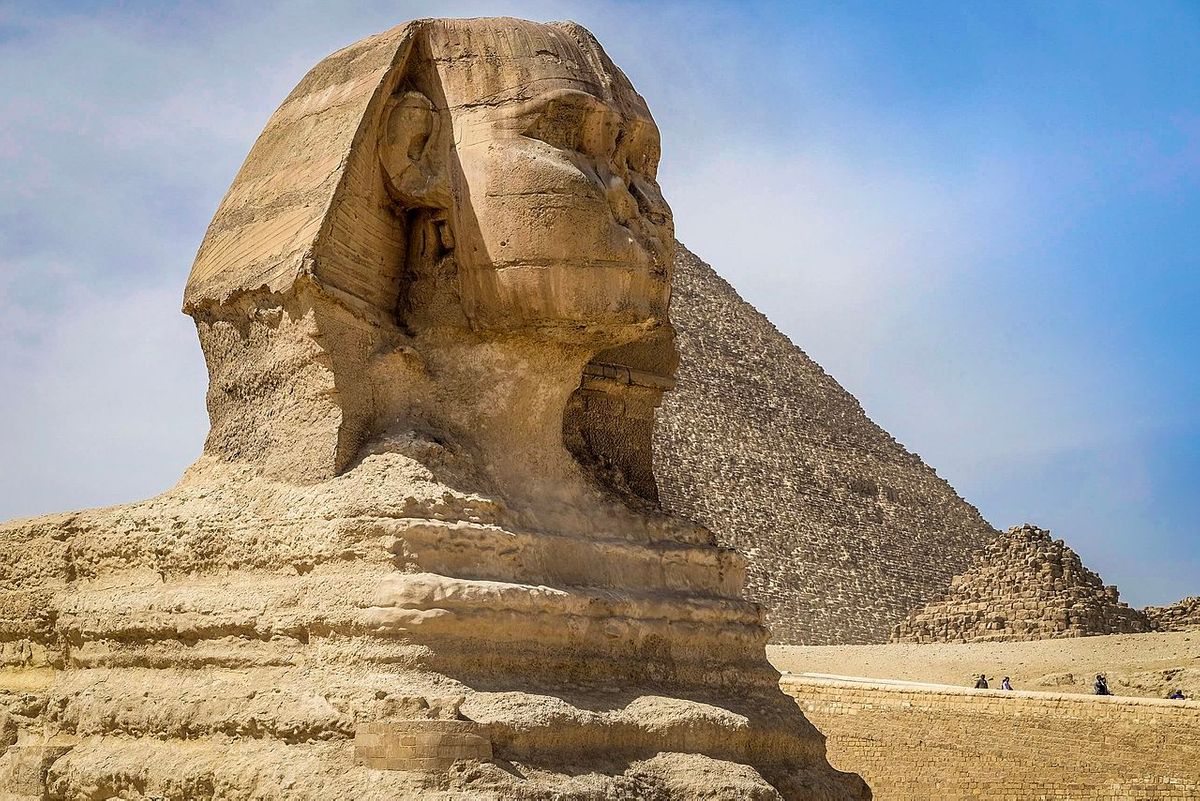
And who stands guard at the foot of the Pyramids? The Sphinx. It has a lion’s body and its face may be a portrait of Pharaoh Kephren.

The Pyramid of Kheops (used as his tomb), the only ancient wonder of the world that still exists, is guarded by the Sphinx.
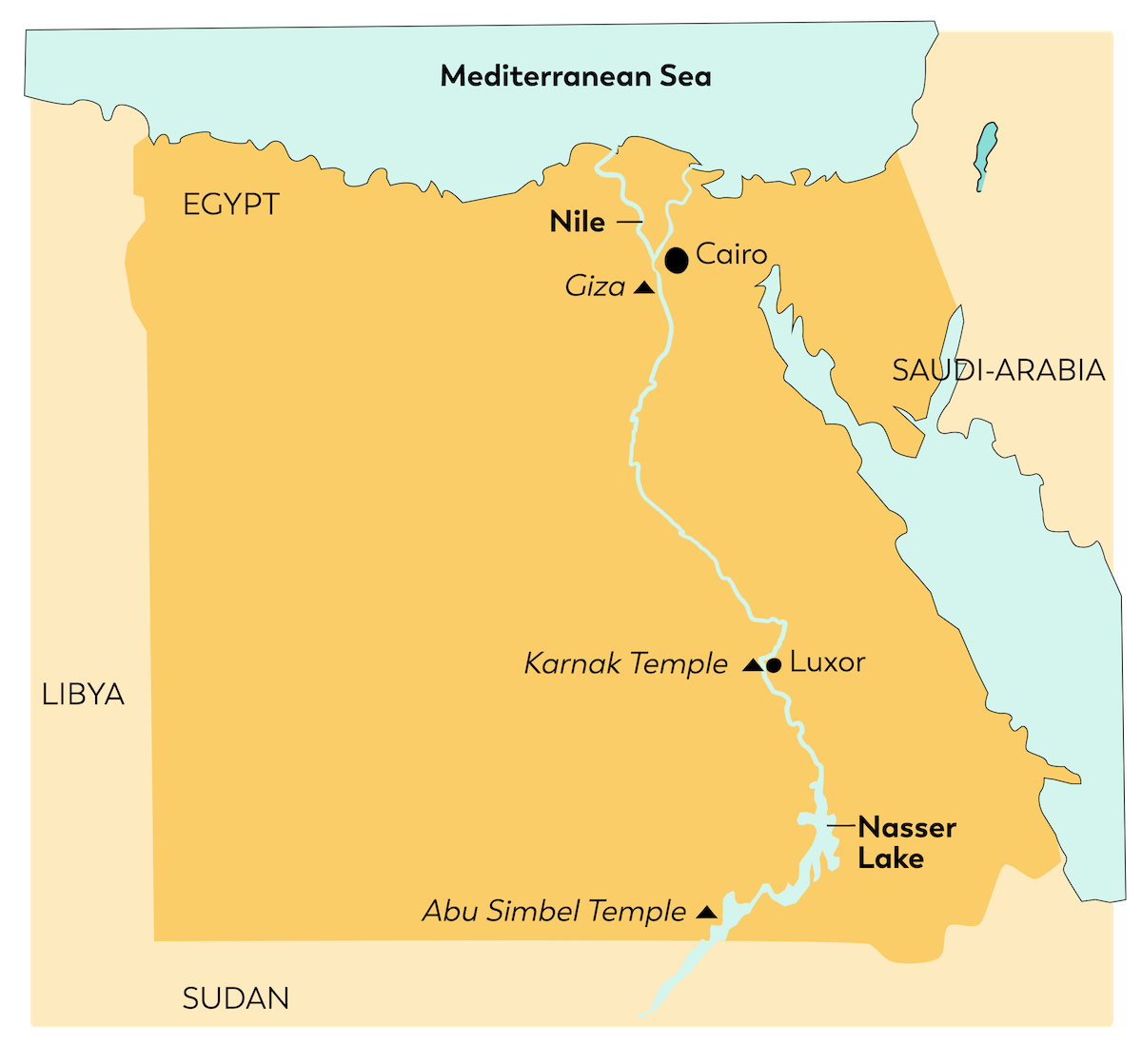
Let’s head to Egypt! A very important river crosses this big, desert-filled country: the Nile. It’s the Egyptians’ best ally: without it, it would be impossible to eat!
The ancient Egyptian period covered several centuries, interspersed with different political periods. Under the different “Empires” the power was in the hands of a powerful king named “Pharaoh”. Let’s go!
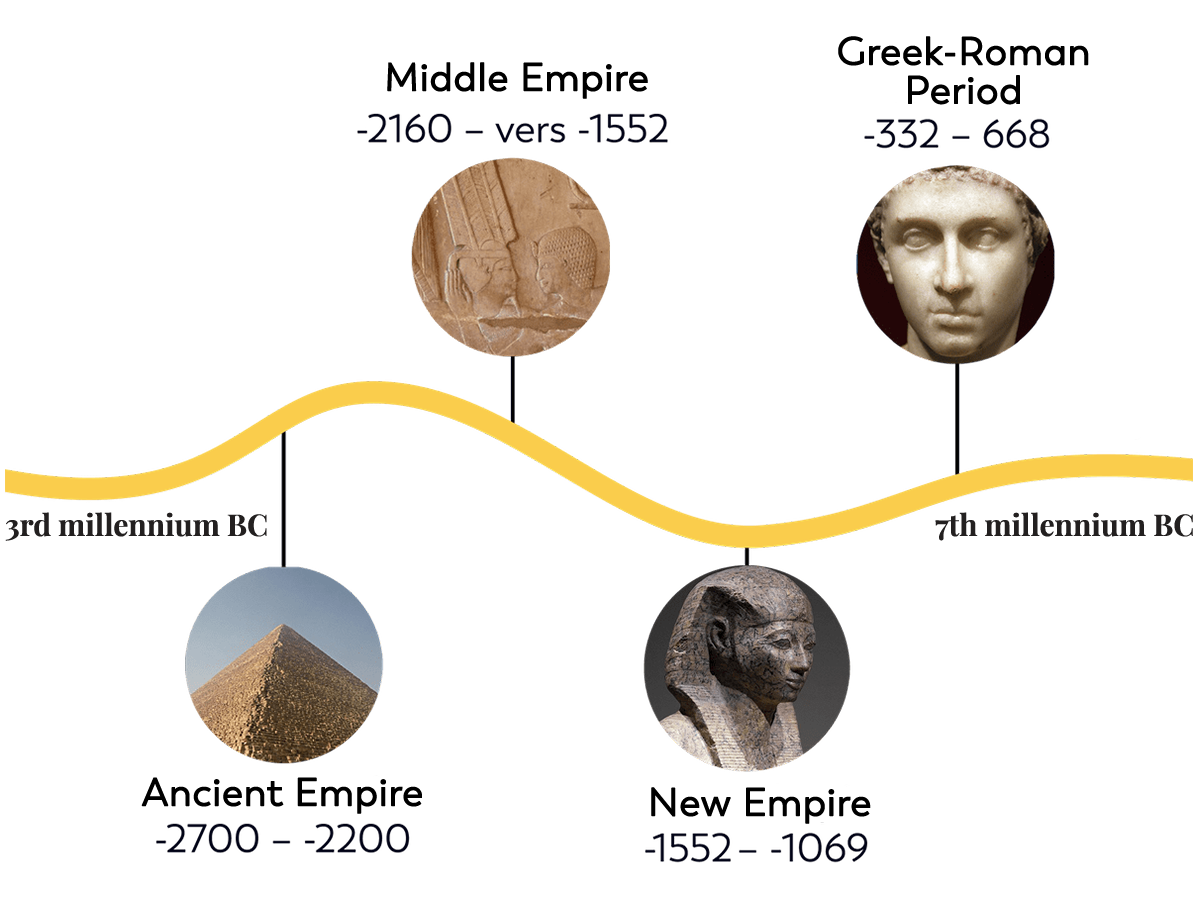

Several empires in succession followed each other throughout the centuries in Egypt, ruled over by the Pharaohs.
Babylon was a very powerful city but not an eternal one. In 539 BC, the Persians Empire took over the city.
To decorate their palace, the Persian kings did not need to look far. They called on Babylonian craftsmen.
Look at this decoration, called the Archers’ Frieze. Can you see a slight resemblance to the Ishtar Gate?
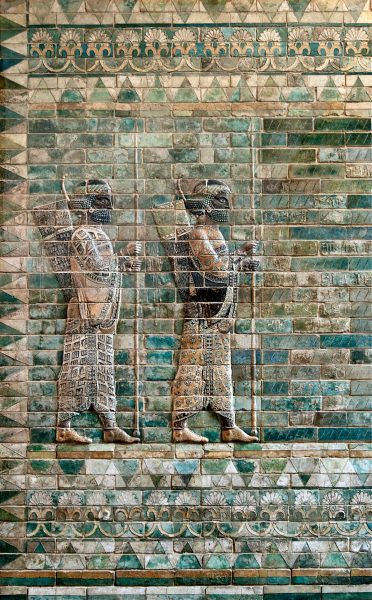

After Nebuchadnezzar ll, the Persians took Babylon, thereby continuing the practice of their art.
Babylon is a wonder, even without its gardens, thanks to Nebuchadnezzar ll, who rebuilt it.
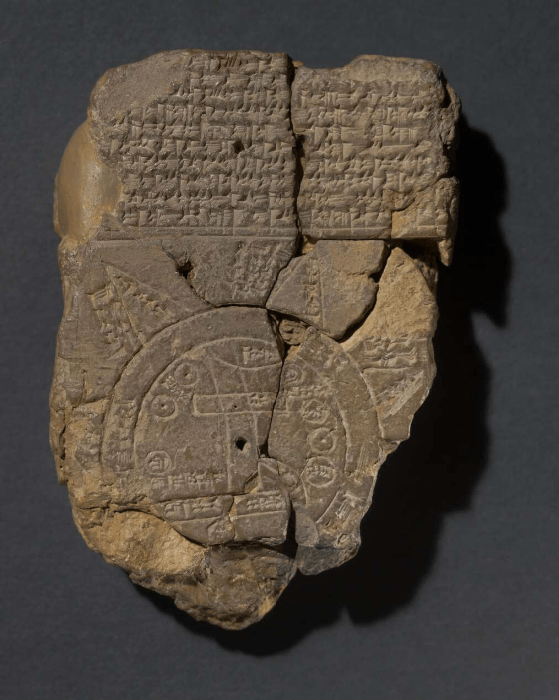

Nebuchadnezzar ll was the King of Babylon during the sixth century BC. He was a king but also a builder.
Let’s stay in Babylon, where one of the “wonders of the ancient world” may be found. What’s that? For the ancient Greeks, this was a list of seven extraordinary places.
The Greeks were also fascinated by the “hanging” (terraced) gardens in Babylon, although we have never found any trace of them.

The Hanging Gardens of Babylon were one of the Seven Wonders of the Ancient World.
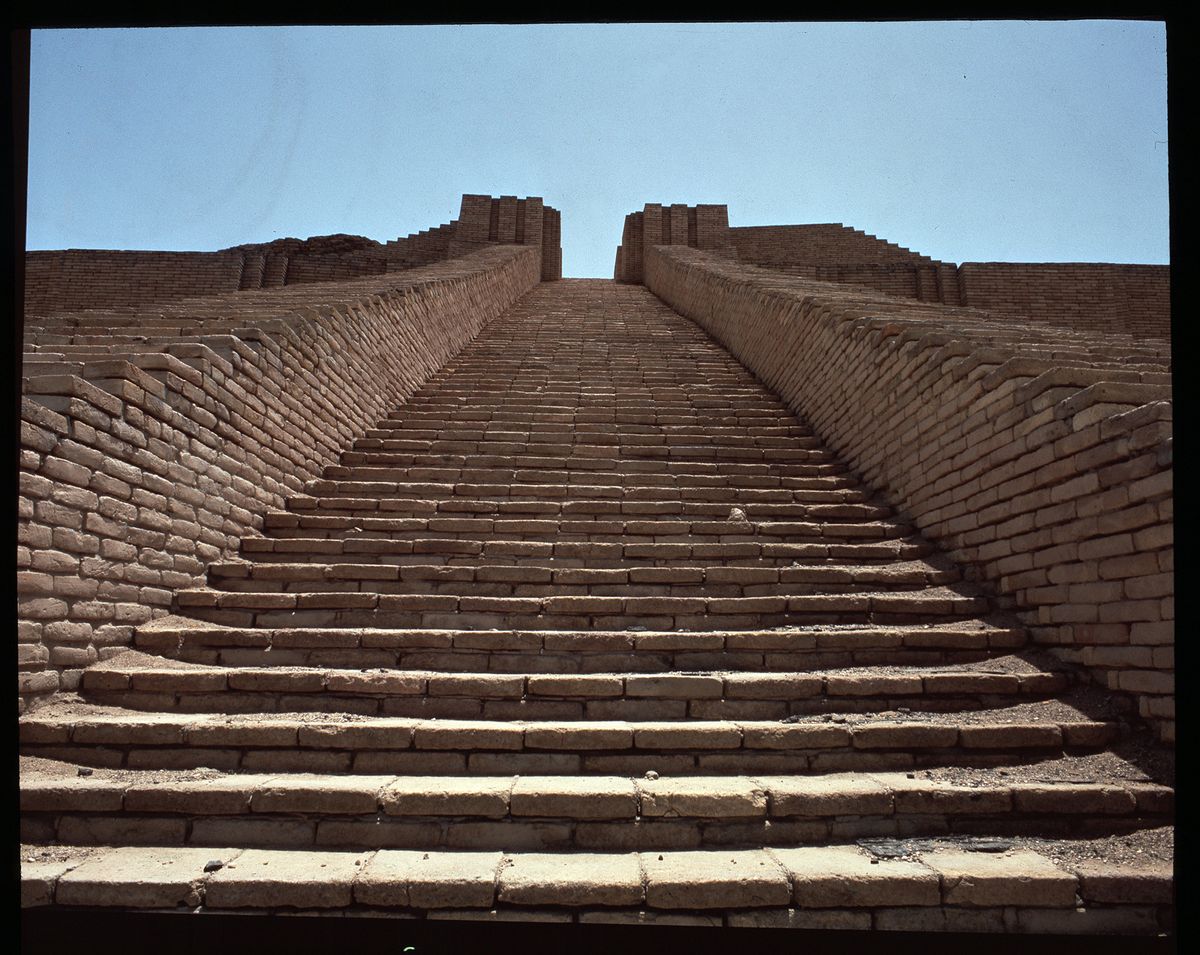
The core of a ziggurat is built from millions of mud bricks, like many other constructions of the time. This material was inexpensive and easy to use: all they needed to do was dampen the clay and let it dry in the sun.
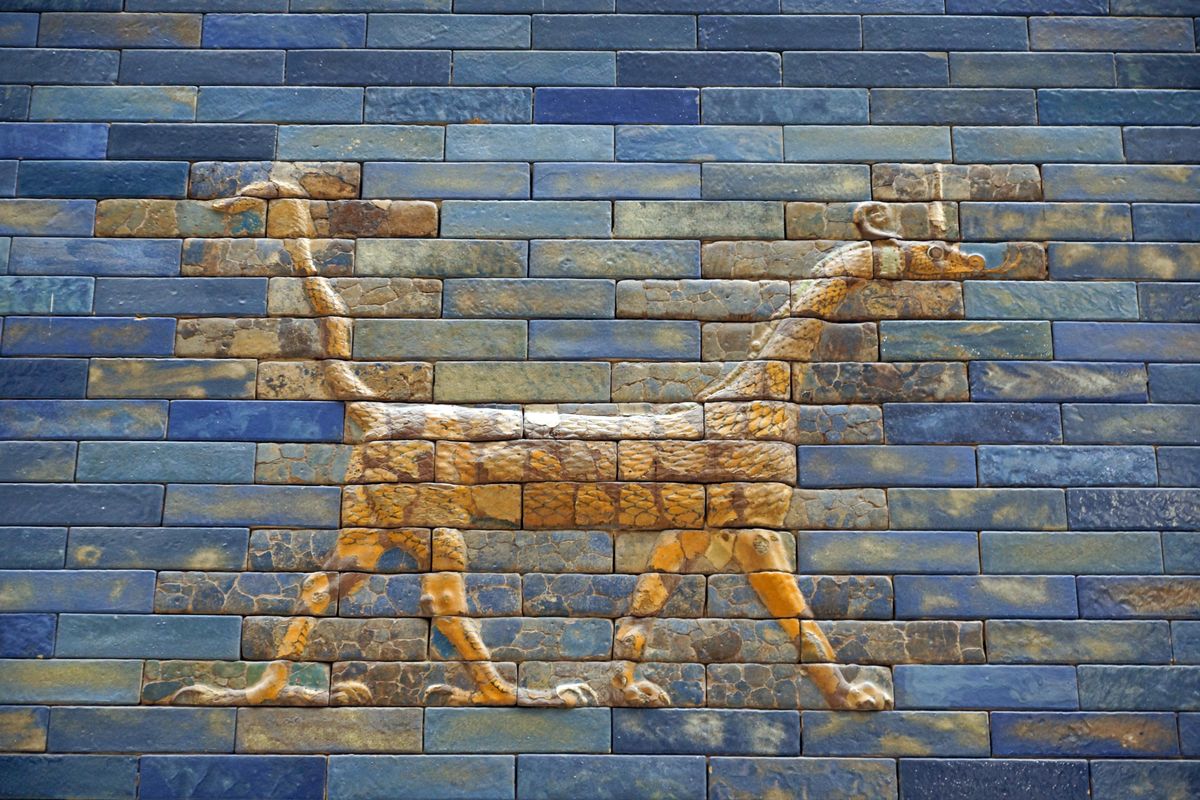
When the aim was to create an impressive visual impact, another technique was used. The brick was baked and then covered with a coloured layer known as glaze. These “glazed bricks” made it possible to create colourful pictures.

Mud bricks (dried in the sun) or fired and glazed bricks were used for building purposes.
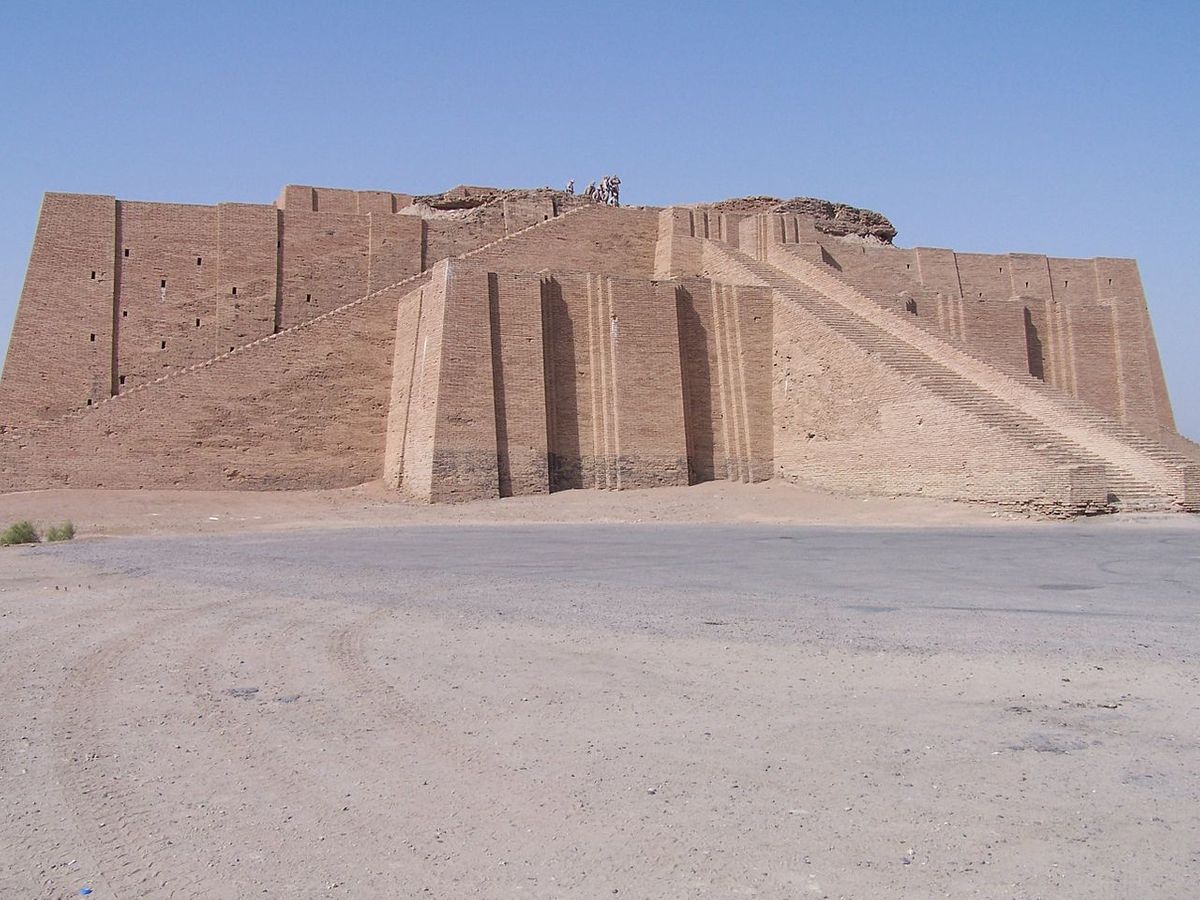
Homes known as “ziggurats” were built in the right dimensions, to honour the gods.
The reality hidden behind this funny name is a four-storey tower that could be as high as 50 metres! The tower represented a mountain with a temple at its summit: thereby creating a direct link between humans and the gods.
These gigantic constructions made their mark on the collective mind: in the Bible, the Tower of Babel refers to a ziggurat!
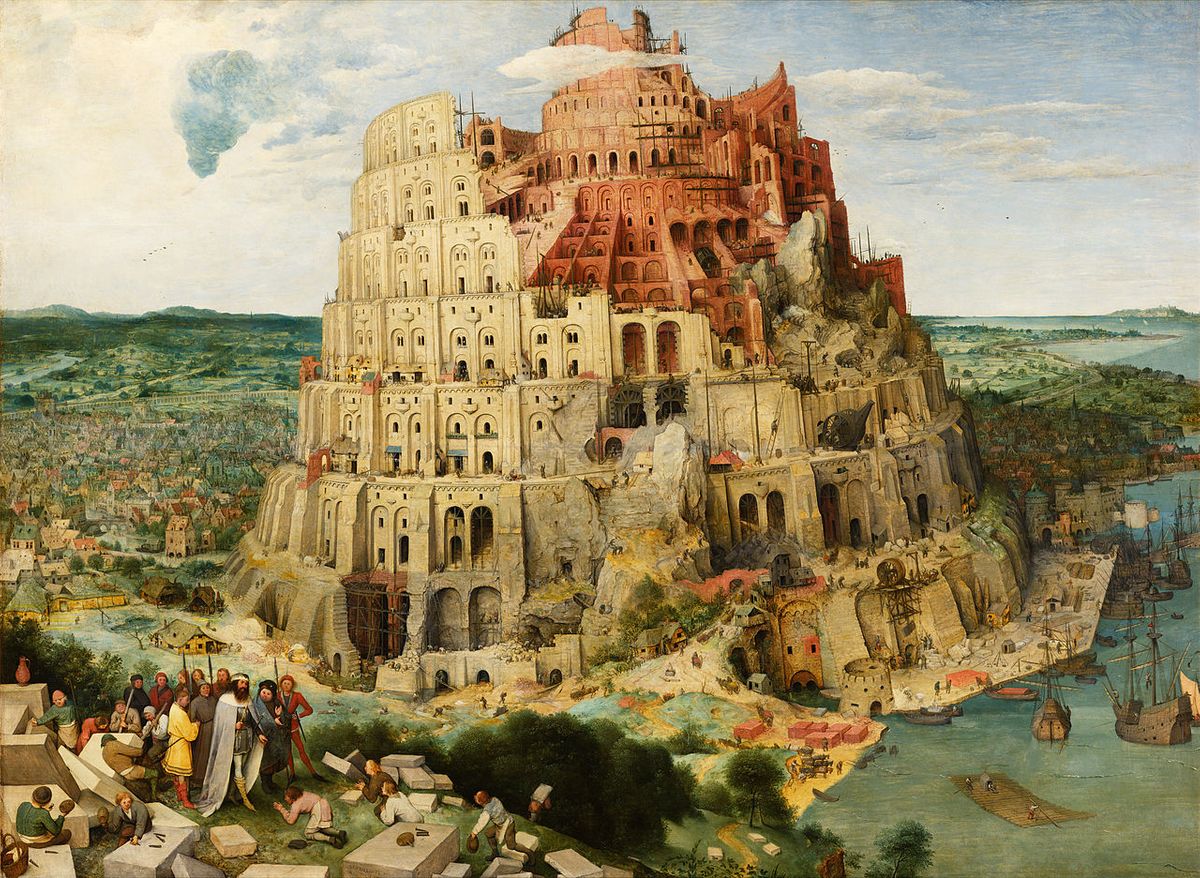

Ziggurats are large constructions symbolizing the link between humans and gods.
Mesopotamian civilizations were polytheistic, meaning that they worshipped several gods. Here are some of them.

Ishtar, Shamash and Enki are some of the many gods of the Mesopotamians.

"*" indicates required fields